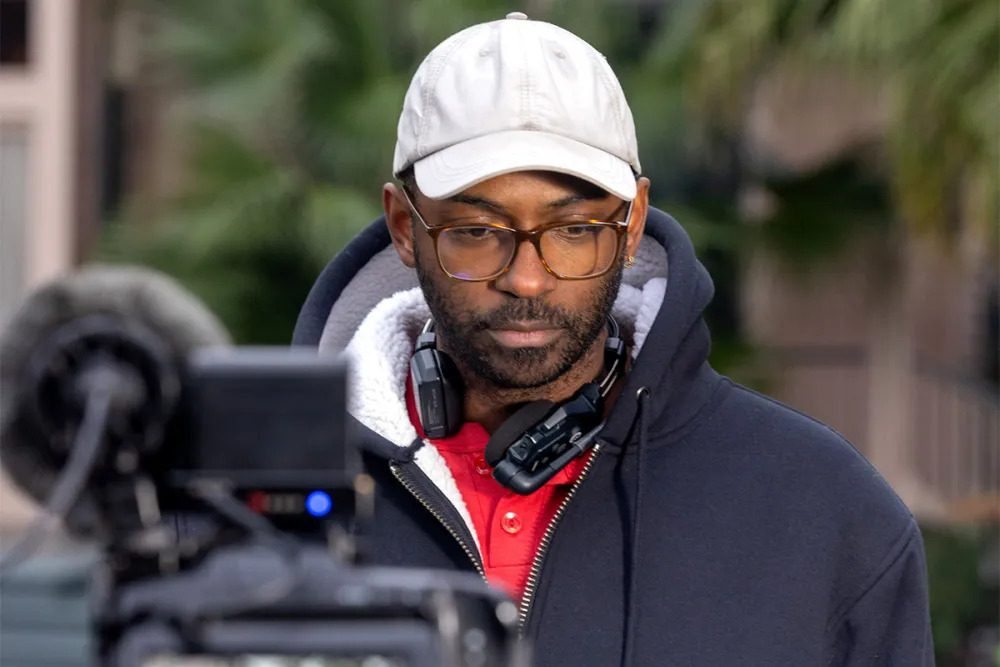
RaMell Ross, director and producer of the critically acclaimed “Nickel Boys,” has a unique approach to filmmaking. From his extensive background in photography to his prior works like “Hale County, This Morning, This Evening,” Ross has always found new ways to portray the black experience from a different lens. “Nickel Boys,” now a two-time Academy Award-nominated film, adapts the famed story by Colson Whitehead and turns it into a cinematic experience, unlike any traditional take on black stories.
Telling the story of Elwood and the boys at the Nickel facility, the film tells a story that could be marred with struggle or sadness in a way that shows the beauty and simple joys throughout life. Building upon his visual flare, Ross finds that making his feature film debut is just an extension of the visual language he’s curated within other projects.
“I realized that I’ve just been making images and art for so long, doing what I’ve always done but in a new context. It’s the evolution of that language.”
Ross wants “Nickel Boys” to change and add to this language an informed dialect of how black people have been viewed in front of a camera lens. Harping on the visual styles he uses in the film, like the first person point of view or the usage of archival footage to continue to drive the narrative, it takes a life of its own in remarkably telling a black story.
“How we’ve been telling stories is as important as the stories themselves. You can only tell a story and your relationship to the content and use a form you know how to use.”
Ross continues, “I think the way in which I’m interested in the relationship between the camera and the history of black people being represented by it, it’s additional to previous languages of black life on film.”
The film, with one of its Oscar nominations being for Best Adapted Screenplay, is his take on the material within the original book. Stating that this film was more of a reimagining of the book through his own visual context, Ross had the free reign to tell this story whilst remaining true to the essence of the source material. Taking on a “visual jazz” flair, in his own words, the film has been widely regarded as a cinematic triumph.
Not only has the film and its story touched the lives of those who’ve watched it, but it also connected with Ross whilst working on it.
“I think one reason I connected with Elwood’s story so much was that growing up in Northern Virginia, which is majority white and has a big international population, I was always afraid.”
Ross continues to discuss his life in Northern Virginia and talks about how these life experiences, whilst almost being commonplace, highlighted the “racial undertones of a community that terrified me and terrified us.”
This relates to the overall story of Elwood and his mistreatment by those at the Nickel facility, as well as the real-life stories of the victims of abuse from the Dozier School for Boys, which was located in Marianna, Florida.
Providing humanity to Elwood, as well as to the film’s portrayal of black life and experience on screen, is something Ross has been able to master and showcase. In time, this film can change the dialogue and lexicon of black stories and black films.
Source link








Leave a Comment